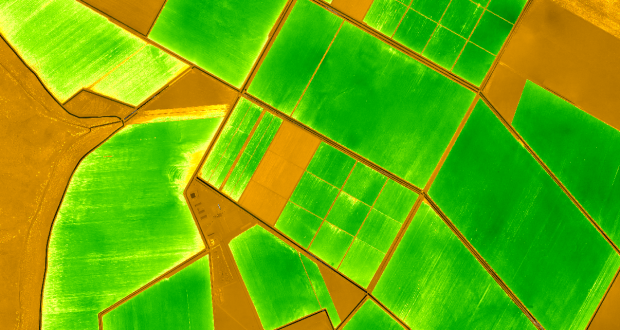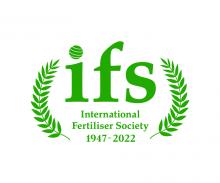Crop requirements differ hugely between elements, from 100s kg/ha of N & K, 10s kg/ha P, S, & Ca, 100s g/ha Fe, Mn, Zn & Cu, to 1s g/ha B & Mo. Crops also differ inherently in these requirements due both to their genetics and their growing conditions. Crops need these nutrients primarily to form and operate the photosynthetic tissues that convert solar energy and water into edible (or otherwise useful) energy. Subsequently crops redistribute some nutrients from their leaves and stems to their generative organs, according to the nutritional requirements of crop re-establishment e.g. the nutrient needs of seedlings. Depending on which crop components are harvested and removed, crop nutrients are either exported and used in feeds or foods, or are returned to the soil to form soil organic matter.
Effective management of nutrients is important both to achieve commercially optimal yields and quality characteristics of crops, and to minimise any negative environmental impacts from their use, especially of N & P. Nutrients are all invisible so assessments of crop nutrient sufficiencies depend on chemical analyses of crop tissues, and also of soils, manures and fertilisers. Crop foliage shows specific visible symptoms of some nutrient deficiencies. However, sub-clinical nutrient shortages are common and difficult to discern, so must be proven by empirical analyses and experiments. Applications of manures and fertilisers to avoid shortages of any nutrient are usually guided by decision rules (or recommendations) derived from such experiments and analyses, and from experiences of crop responses observed after previous nutrient applications.
Formal research into crop nutrition began in the 19th century and has proliferated globally ever since. Issues studied are far less dynamic than issues relating to, say, crop protection, hence a large literature exists relevant to the nutrition of modern crops.
Share here your ideas and innovations for monitoring and improving crop nutrition












